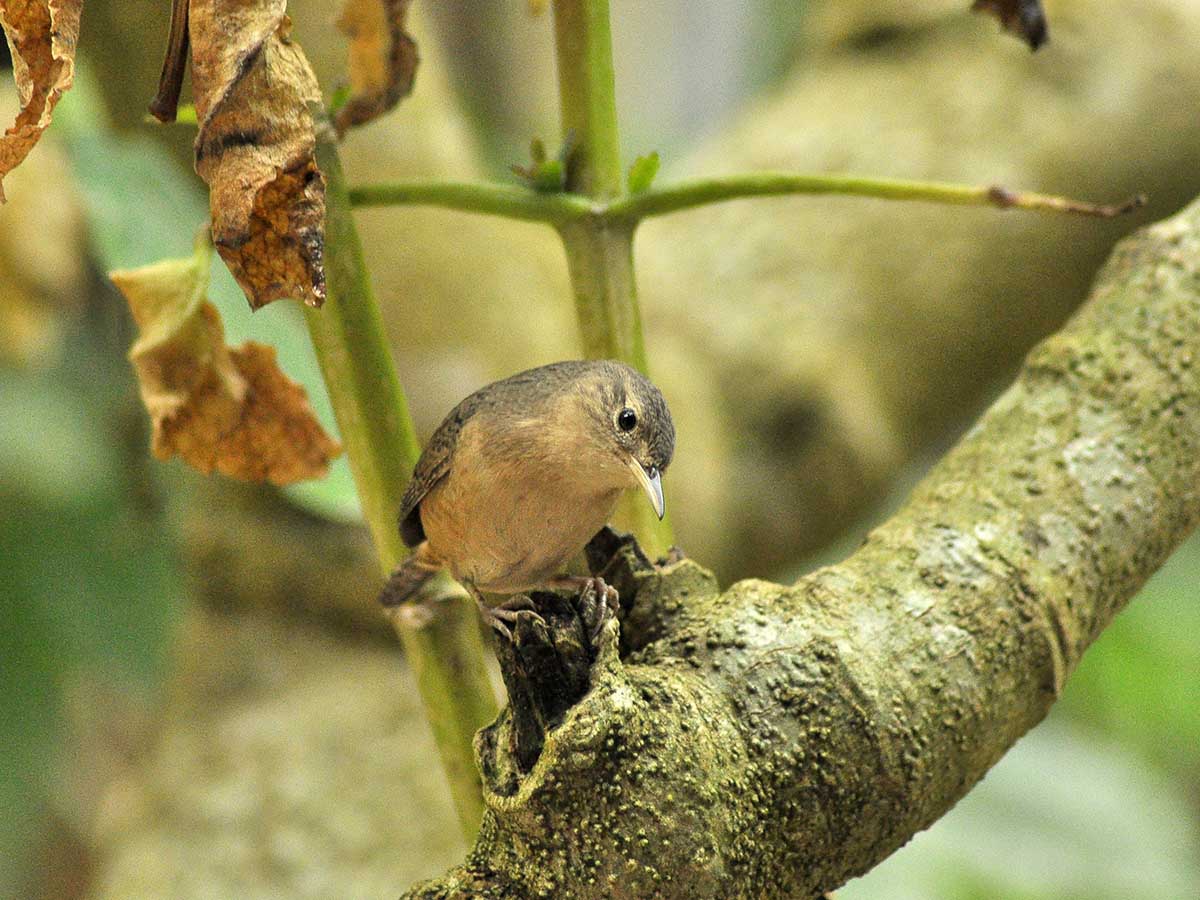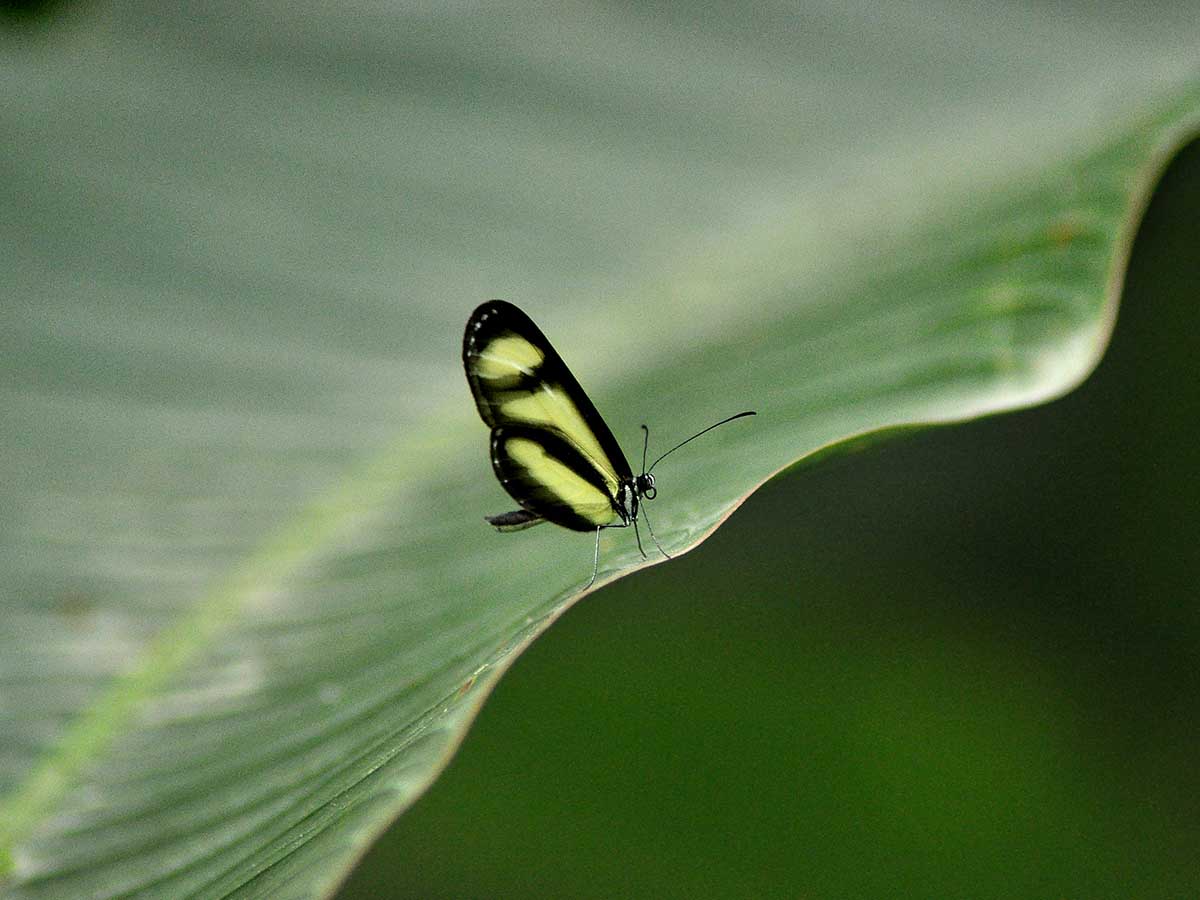The Amazon basin in Peru is part of the largest forest in the world. The jungle extends approximately 1.7 billion acres (688 million hectares) and extends through Brazil, Peru, Colombia, Venezuela, Ecuador, Bolivia, Guyana, Suriname and French Guiana. The birth of the Amazon River is found in Peru.
All this water must come from somewhere. The true origin of the Amazon River is the Mantaro River in southwestern Peru. On average it rains four days a week, in the Amazon, but fortunately rain often falls in sporadic downpours. This time keeps the Amazon basin moist and fertile, keeping the plants and fauna, visitors come to experience.
Under the canopy, there are vines, ferns, shrubs and low trees, the air is hot and humid, with a huge variety of bats, owls, tree frogs and insects. The soil of forests and rivers are home to wild animals such as puma, jaguar, alligator and anaconda. Its habitat is protected and after decades of conservation the deforestation rates of Amazon Basin have finally diminished, giving these animals a new chance to survive.
The highest part of the forest is called the emerging layer. In a flyby, this layer looks like broccoli stems that protrude from other shrubs. Many trees have logs that are 16 feet (5 m) wide and grow 200 feet (60 m) in height. These trees withstand the strongest winds and the highest temperatures in the jungle, being the home of butterflies, bats, eagles and even some species of monkeys.
Below the emerging layer is the canopy, a dense canopy cover 60 to 150 feet (18 to 45 m) above the ground. Here the branches and leaves of the trees extend outward to form a roof that absorbs 90% of the incoming sunlight. The three-toed sloths, monkeys, macaws, frogs, lizards, birds, snakes and insects live here, the canopy being the most biodiverse layer in the forest.
Little is known about their history. At the time of the Inca Empire, the upper Amazon Basin was incorporated into Antisuyo (the empire's eastern quarter) and the Indians traded scarlet macaw feathers and jungle fruits for metal tools. After the conquest, the Spaniards concentrated on the coastal and highland regions. A few ill-fated Amazonian expeditions were foiled by the Indians. The spaniards' greatest impact was in the unintended introduction of diseases, to which natives had no resistance. Millions died of smallpox, influenza, or other illnesses.
In the 16th century, Colonial outposts were built established in paces such as Moyobamba, but the Amazon basin was not permanently occupied until a few missions were built in the 18th century. With the 1870s rubber boom the population exploded. Four decades later, the boom collapsed and the once-opulent towns survived by logging, exploitation of jungle crops, and export of amimals for zoos. The discovery of oil in the 1960s fueled another population boom, soon followed by a nascent tourism industry. Slowly, cities suche as Iquitos, Pucallpa, and Puerto Maldonado gained renewed importance, and mestizo ribereños began to clear forests for agriculture. Although over half of Peru lies in the Amazon, barely 5 percent of the population lives there. Visiting this wilderness, where few roads penetrate, can be a thrilling adventure.
The fabulous Amazonian rainforest is home to more species of animals than any other area on earth. This is where visitors may see monkeys and macaws, army ants and armadillos, thousands of butterfly species, 900 bird species, and a variety of trees and plants. National reserves protect the flora ansd fauna, and provide inaccessible areas where indigenous tribes live untouched by the 21st century.

In addition to the animals there are many indigenous tribes that live in this isolated part of the world. They are separated into dozens of groups speaking different languages. At the time of the Spanish invasion, the indigenous people of Amazon basin were predominantly semi-nomadic tribes that spent their days hunting, fishing and gathering. These days, they still build their own wooden houses, carve canoes and hunt using blowguns and poisoned darts. Using local materials, people still building thatched wooden houses along constantly shifting river banks, carve canoes, and hunt using blow pipes and poison-tipped darts.
For centuries, the native people of the Amazon have used plants for medicinal qualities. Recently, scientists have discovered that rainforest plants are sources of drugs that can be used to treat diseases such as cancer, diabetes, arthritis, AIDS and Alzheimer's.

Whether you stay a week in the Amazon or a few days exploring the trails and trees, you will not regret traveling to this amazing region. It is one of the most extraordinary places in the whole planet.
Main Attractions of Amazon Basin
Iquitos
With a population of 420,000, Iquitos is the largest city in the Peruvian rainforest. In addition, it is the largest city on the planet that can not be reached by road (ships and planes are its only links to the outside world). Iquitos is located along the banks of the Amazon River and is rolled by the Itaya and Nanay rivers, which has helped limit the physical growth of the city. The Amazon River is an economic and important lifeguard for Iquitos, promoting trade and transport to this remote place.
The Spaniards arrived in Iquitos during Francisco de Orellana's journey through the Amazon River in 1542. However, this area was eventually left to the Jesuits, who founded a settlement here in the 1750s before being expelled from Latin America shortly after . During the twentieth century a boom in rubber came to Iquitos, the population broke out and the city became one of the richest in Peru.
During the 1960s Iquitos became a pioneer of Amazonian tourism, and to this day it remains one of the bases for exploring the Peruvian Amazon. Due to the large size of the city, travelers have to travel a certain distance before actually reaching the jungle. There are several places to stay and things to do in this area. In fact, some of the best lodges in the country are found along the Marañón River. These hotels are located near the Pacaya Samiria National Reserve, the largest protected forest in Peru and the Tamshiyacu Tahuayo Communal Reserve, which is administered by local communities.
The Amazon basin of Peru is one of the places with the greatest biological diversity on the planet. While you are at this site, you will have the opportunity to see monkeys, alligators, capybaras, anteaters and even pink river dolphins. It is not always easy to detect these animals, but being in a river with an experienced guide (and having a pair of binoculars) will give you a better chance.
 Iquitos has a fairly constant climate throughout the year. Almost every morning starts with a blue sky, but in the afternoons there may be storms. The Amazon River can rise 20-50 feet (6.15 m) between November and May, which are the rainiest months of the Andes. During this time of the year, the forests are flooded and the soil is enriched with nutrients. Often the animals can be observed on the banks of the rivers, between June and September, once the water level drops.
Iquitos has a fairly constant climate throughout the year. Almost every morning starts with a blue sky, but in the afternoons there may be storms. The Amazon River can rise 20-50 feet (6.15 m) between November and May, which are the rainiest months of the Andes. During this time of the year, the forests are flooded and the soil is enriched with nutrients. Often the animals can be observed on the banks of the rivers, between June and September, once the water level drops.
Puerto Maldonado
Puerto Maldonado is a wonderful option for travelers who have a limited time or budget. It is easily accessible from Cusco and has quality lodges in the surrounding jungle. Visitors will have good opportunities to see wildlife, including monkeys, birds, alligators, turtles and capybaras.
Two protected areas are distributed around Puerto Maldonado. The Tambopata National Reserve, which is 679,500 acres (275,000 hectares), protects the rainforest until it reaches the border with Bolivia. It acts as a buffer zone around the Bahuaja Sonene National Park, which is approximately 2.5 million acres (1,000,000 ha) in size.
The lodge in the jungle is located in two areas mainly along the edge of the Tambopata National Reserve. A group is an hour by boat on the Madre de Dios River from Puerto Maldonado. The other group is approximately 3 hours to the Tambopata River.
When visitors arrive at the airport in Puerto Maldonado, usually the hotel where they stay will provide transportation by boat. The lodging is very comfortable and offers travelers an intimate access to the Amazon rainforest. Most offer trips and activities, including bird watching, piranha fishing and nature walks. Prices usually include transportation, accommodation and food.
Puerto Maldonado was initially developed as a result of the rubber boom in the 20th century. After the end of the rubber era, logging and gold mining became the dominant industries and are still continuing today, although tourism is beginning to play an increasingly important role.
The name of the city is actually the result of two explorers who both had the same surname Maldonado and explored the Madre de Dios River. Juan Álvarez Maldonado was a Spanish explorer who came here in 1567 in search of gold. He came to the Heath River, currently the Bolivian border, but lost more than 200 men and returned to Cusco several months later half mad and claimed to have found a rich city in the jungle. Several centuries later, Colonel Faustino Maldonado returned to the area with the aim of mapping the region. He died along the Madre de Dios River, but he engraved his name on a tree at the intersection between Madre de Dios and the Tambopata River, which is where the town is now.

When is the best time to visit the Amazon Basin?
The best season is during the dry season, which covers the months April to the end of September. In October the rains begin and you can find Amazon Rainforest covered by clouds. If you would like to travel to the Amazon in June, we could recommend you to book the Amazon to Machu Picchu Tour and add the Inti Raymi that takes place in June 24th, and also hike the Rainbow Mountain which is an incredible mountain located in the Andes.
Other Tours in the Amazon Basin of Cusco
There are the top tours in the Peruvian Amazon such as Iquitos Explore Jungle, Amazon Rainforest in Puerto Maldonado and Manu in Cusco. These services involves the experience inside to the jungle, you could view flora and fauna of Peru. But you could upgrade the experience of your holidays to Peru. You can extent your holiday to add the Cusco city in your itinerary and hike to Inca Trail to Machu Picchu. The Inca Trail is the most famous pedestrian path in the Americas. After flying from the capital of Peru, Lima, you will arrive in Cusco to walk for four days along a path through forests and dense fog, millenary stone steps and discovering the ruins of ancient fortifications and Inca cities, and all the time enjoying majestic views.
- 4 Day Inca Trail
- Salkantay Trek
- Hiking the Inca Trail to Machu Picchu 5 days
- Inca Quarry Trail 4 Days
- 2 Day Inca Trail Tour
- 2 Day Inca Trail with Camping
- 3 Day Inca Trail
- Vilcabamba Hike to Machu Picchu 6 days
- Choquequirao trek to Machu Picchu 9 days
- Ausangate trek 7 days
If you want to visit Machu Picchu, we recommend you to book your Machu Picchu Ticket in advance, so you will enjoy your Vacation in Machu Picchu without any problem.






